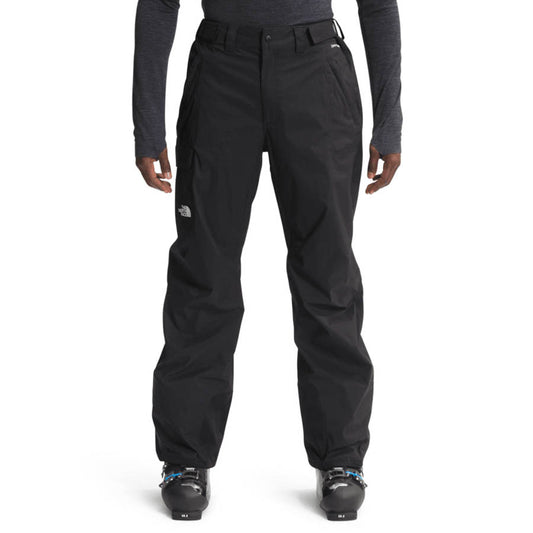One of the most important pieces of your winter gear is your pants. You may not think about them at first as you’re getting your gear ready for your day of ripping turns, but think about it, if you end up on the ground, whether by choice or not, your pants will be what protects you from the elements. When shopping for ski pants and bibs you will encounter a host of different materials and technologies designed to keep you warm and dry. This guide, in tandem with our site filters is designed to help equip you with the knowledge you need to narrow down what ski pants best fit your needs.


The most popular and common pant type. They come in different styles and materials and should be weatherproof to keep you dry and warm. The insulation layers will most likely be some type of synthetic material. The insulation is measured Read more

An increasingly popular option amongst riders every year, Shell pants are very lightweight. They are waterproof and windproof (generally), but they have zero insulation. This makes them ideal if you’re looking for mobility, but not so if you need warmth. Read more

As its name implies, 3-in-1 pants are made up of multiple layers that can be combined into one use. They feature an outer pant that is designed to protect you from the weather and elements of mother nature. The inner Read more

A style of pants made from soft and stretchable fabrics, but lacking insulation. Soft shells are extremely breathable while still providing you some protection from the wind. They are ideal to wear in the spring or the fall when the Read more
Slim: If you are looking for a more active fit, slim fit pants will offer the form fitting style you want. Tailored at the waist, hips, and thighs, slim fit pants will fit closer to your body than other fit styles.
Regular: A standard fit that offers a nice fit without being too tight or restrictive. They are tailored at the waist and will fit true to size.
Relaxed: If you desire a bit more comfort, or you want something that will leave some additional room for layering, relaxed fit is for you. Very little tailoring, if any, and more room in the waist and hips.




As we have mentioned throughout this guide, non insulation pants are classified as shell or soft shell pants. They will provide minimal warmth, but will be able to shield you slightly from elements like wind and water. They provide you with mobility but at the expense of warmth. Non-insulated pants should be used with layering pieces underneath when the weather requires it.
Offering more protection than non-insulated pants, these pants will help you retain some heat inside. If you have a warmer day on the mountain, or desire something for fall and spring days or nights that will offer more than a shell, lightly insulated pants are ideal. Additional layers are recommended on cold or windy days if you still desire something other than fully insulated pants.
If you’re looking for a true winter pant to shield you from the temperatures and elements, this is your ideal choice. They will keep you warm, dry and can still be accompanied by layers underneath if you're in extreme cold conditions. To assist with keeping your body temperature regulated (e.g. from sweating and then having your sweat freeze), we suggest moisture-wicking base layers underneath.
If you are a hardcore skier or snowboarder who couldn’t care less about the frigid conditions or the driving snow, the warmest pants you will find have insulation and additional heat properties to keep heat trapped inside. As with fully insulated pants, base layers are suggested to aid in moisture management.







